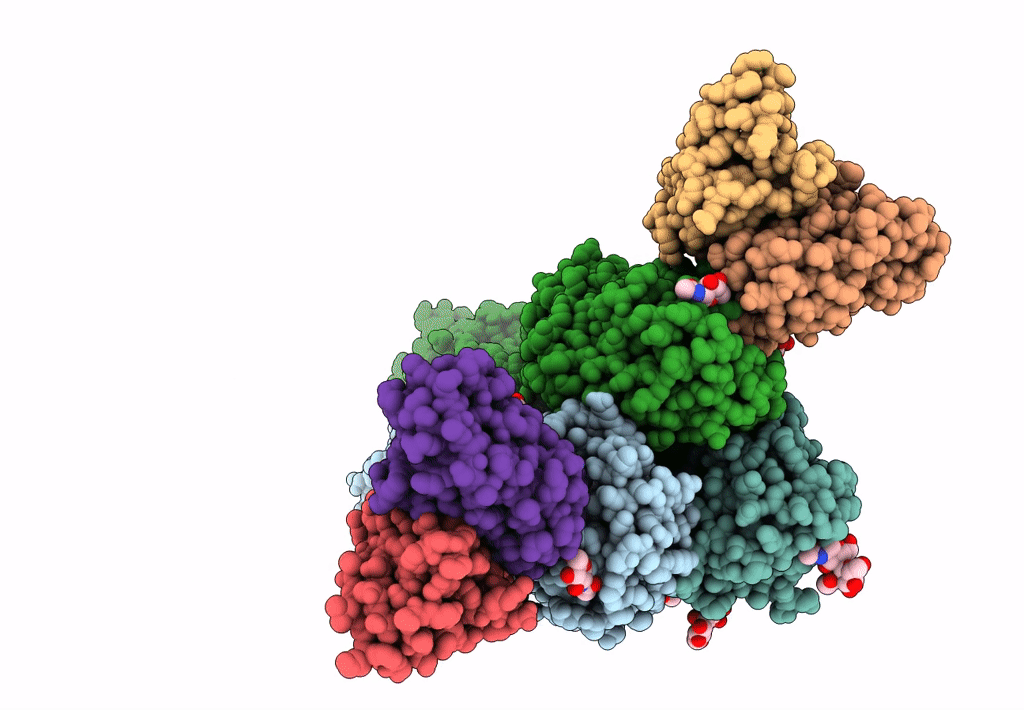
Deposition Date
2022-05-13
Release Date
2023-04-19
Last Version Date
2025-06-04
Entry Detail
PDB ID:
8CT6
Keywords:
Title:
1F8 mAb in complex with the computationally optimized broadly reactive H1 influenza hemagglutinin P1
Biological Source:
Source Organism:
Influenza A virus (Taxon ID: 11320)
Mus musculus (Taxon ID: 10090)
Mus musculus (Taxon ID: 10090)
Host Organism:
Method Details:
Experimental Method:
Resolution:
3.10 Å
Aggregation State:
PARTICLE
Reconstruction Method:
SINGLE PARTICLE


